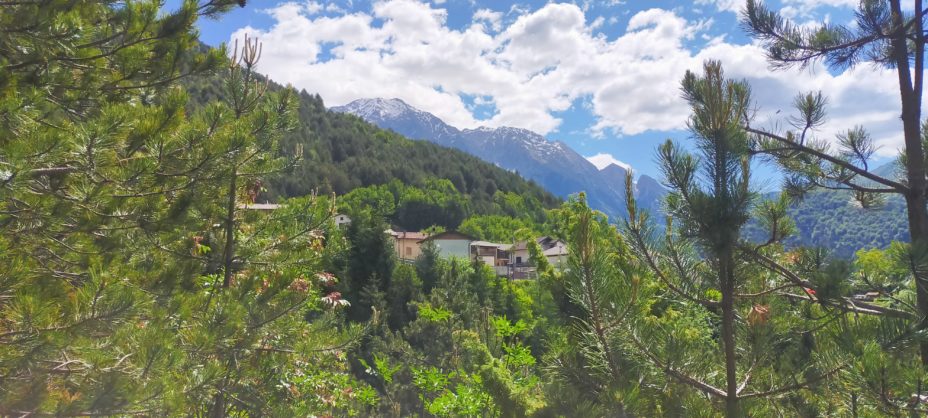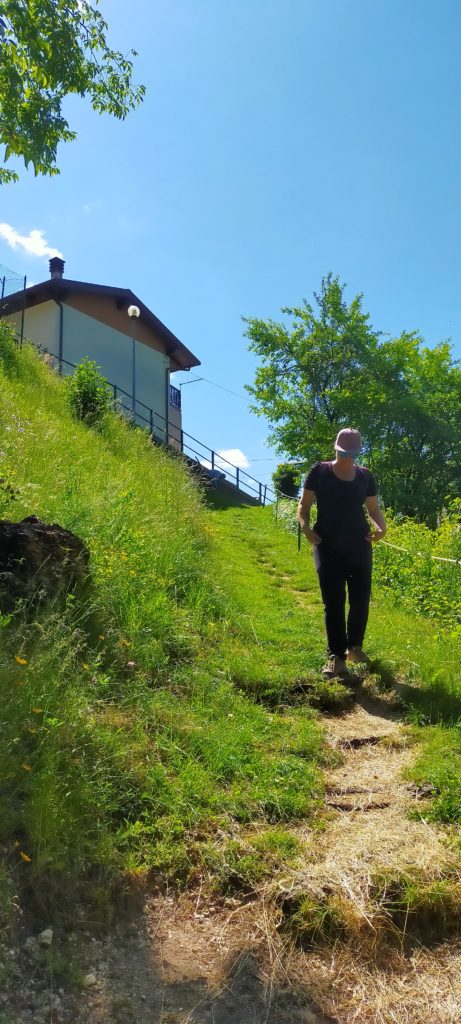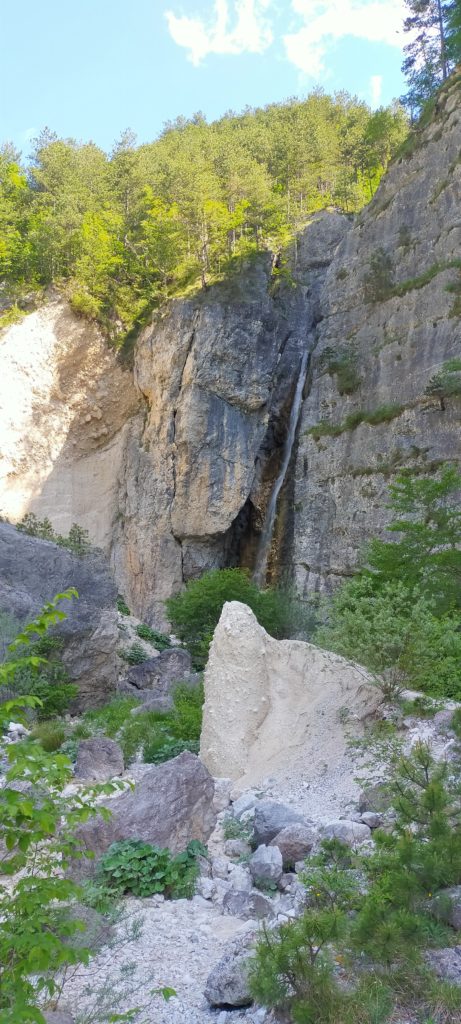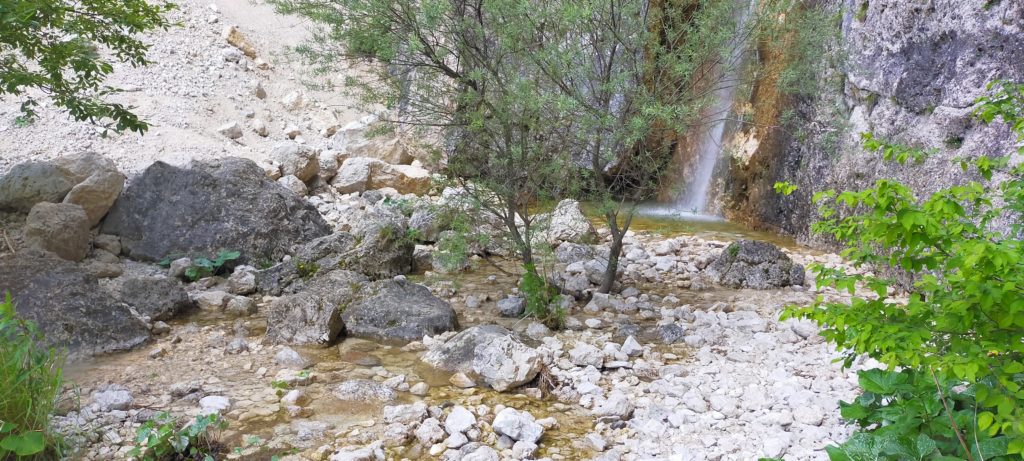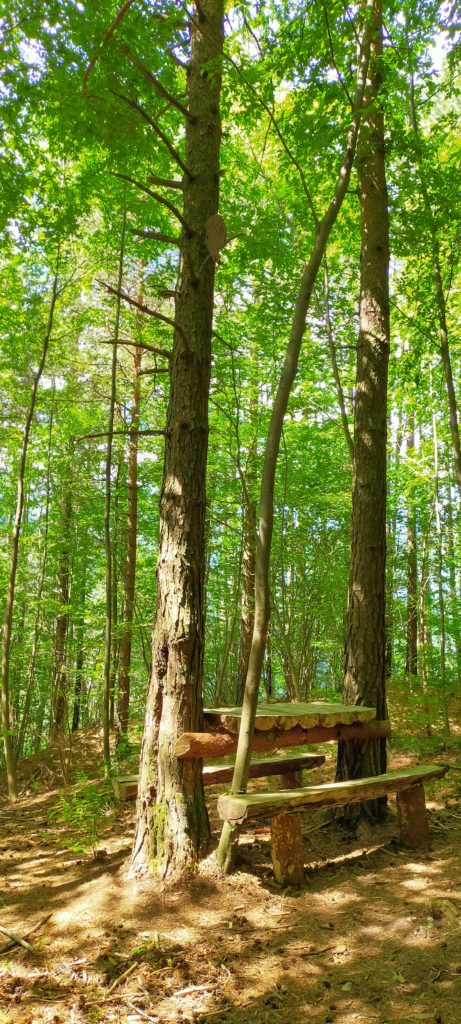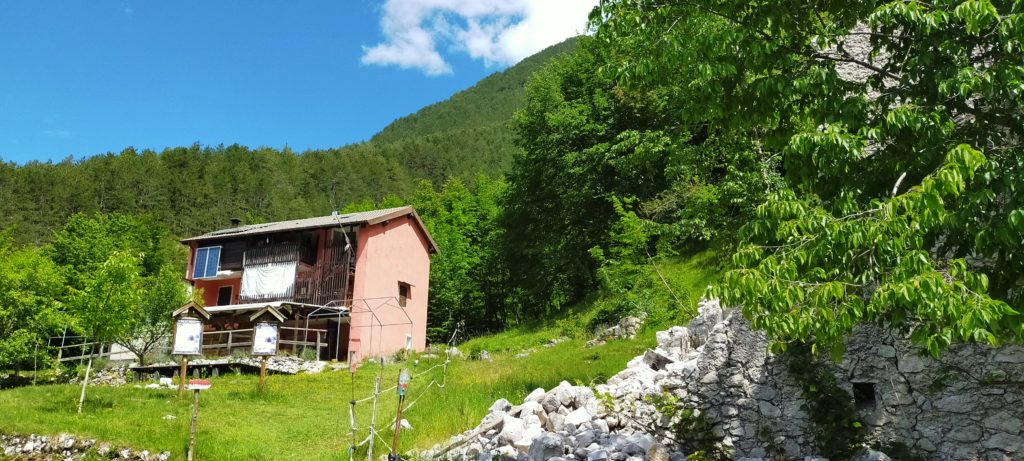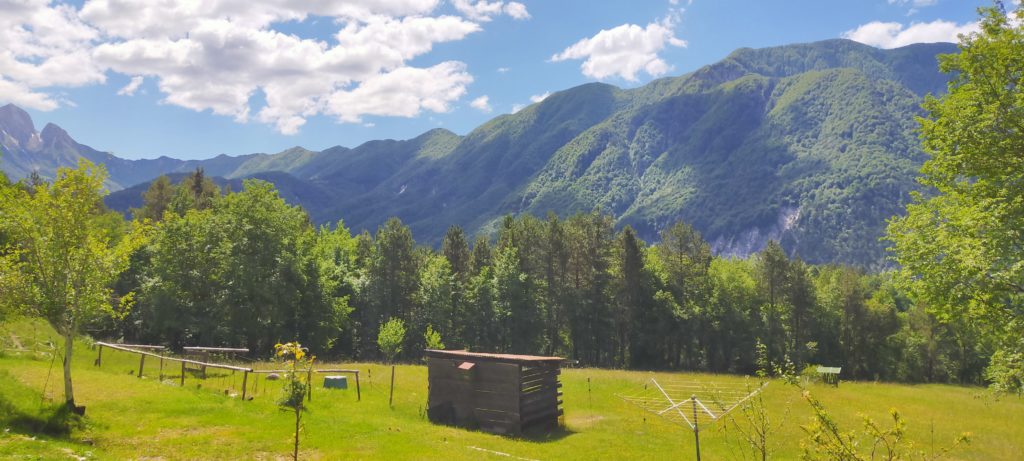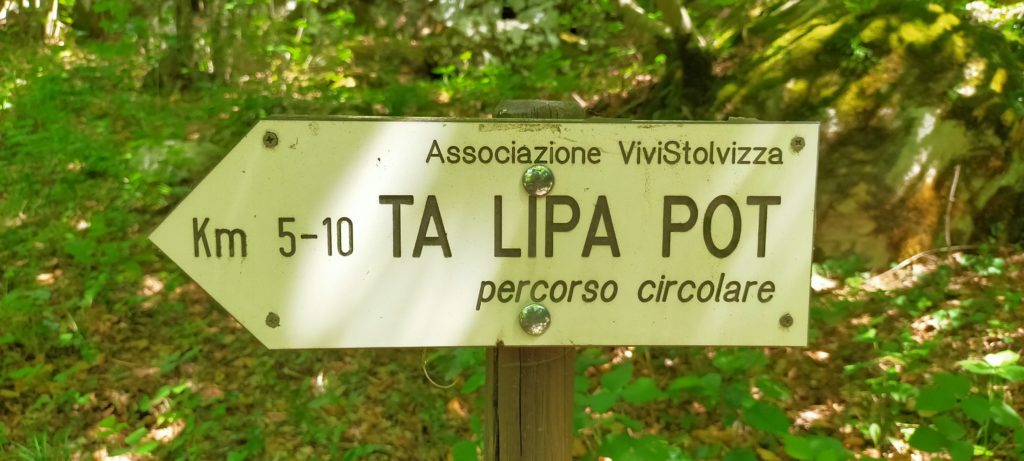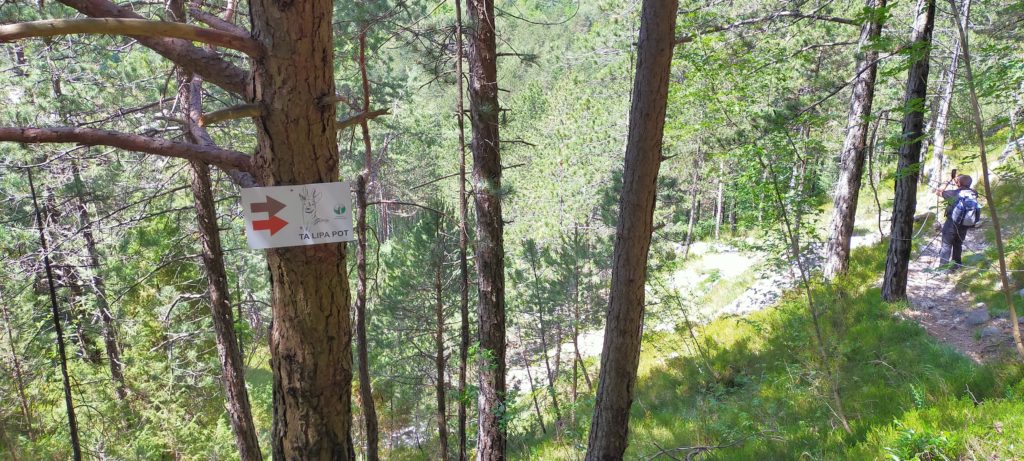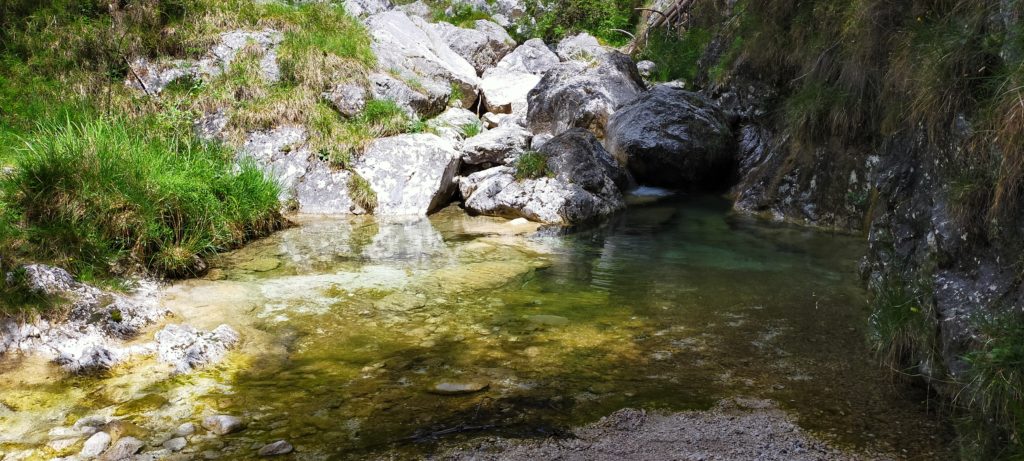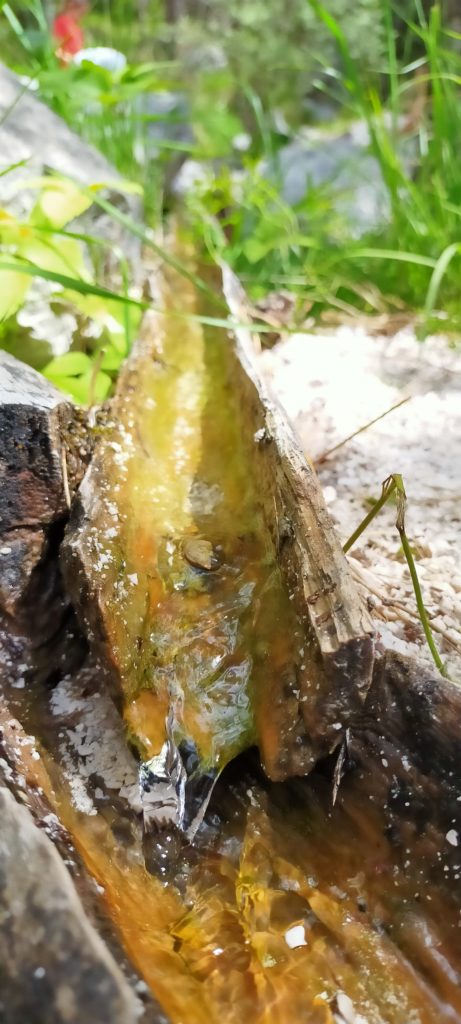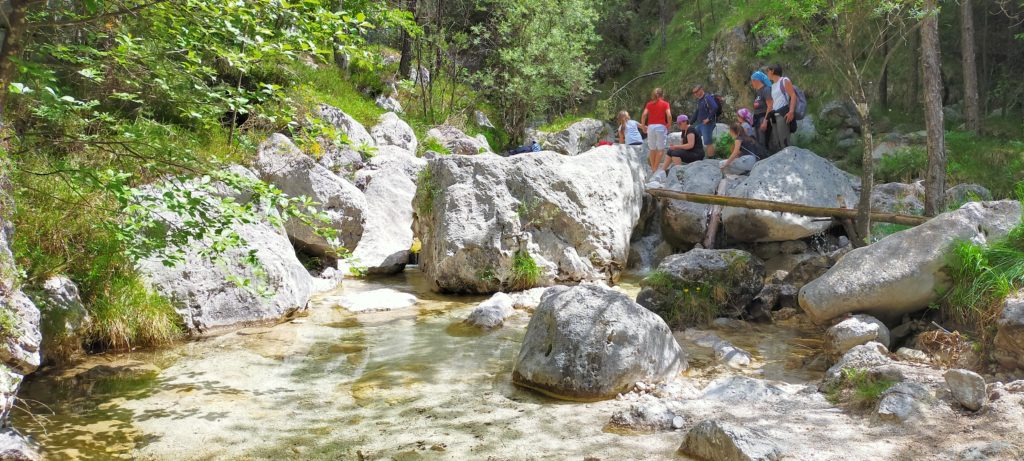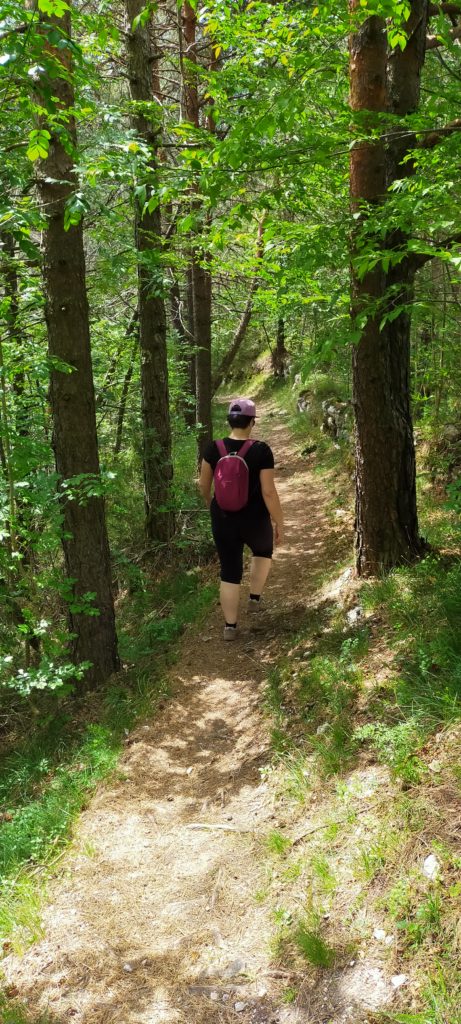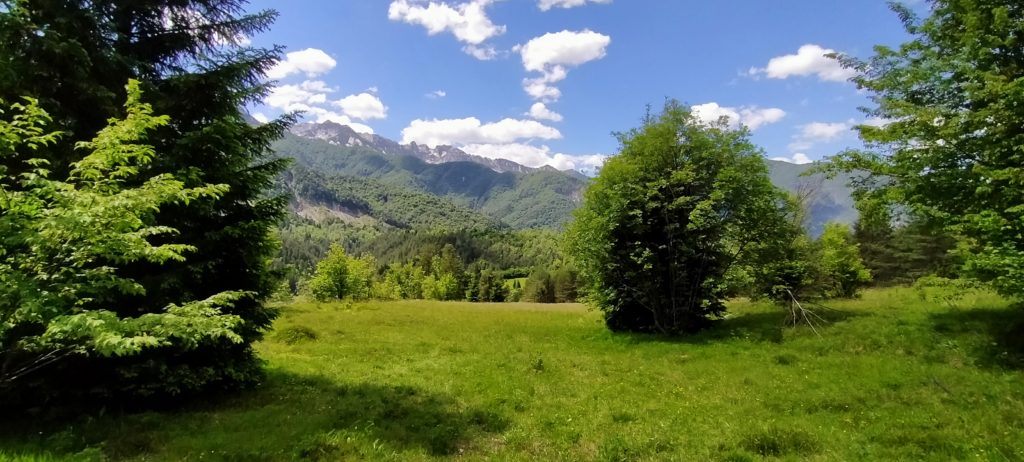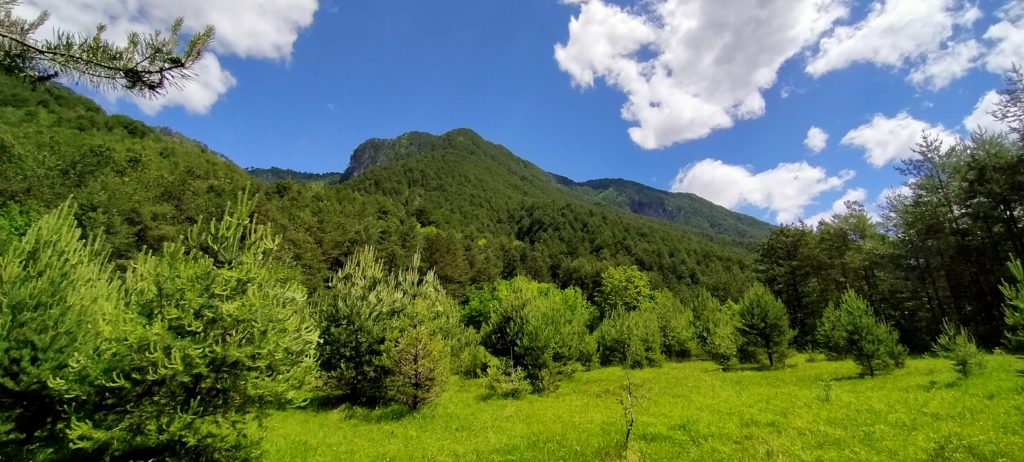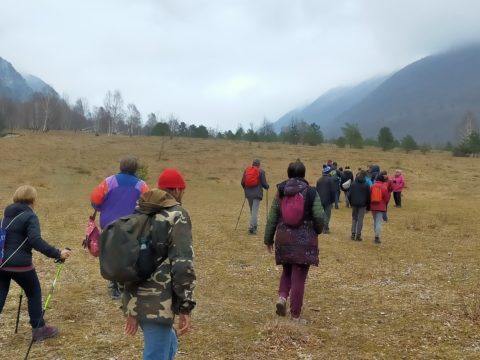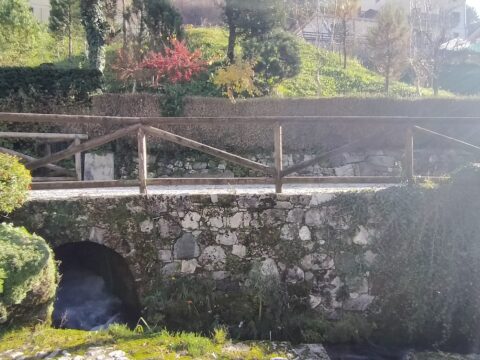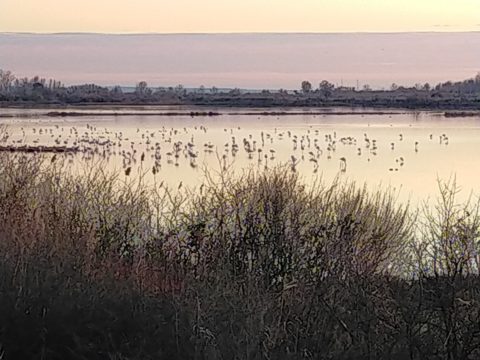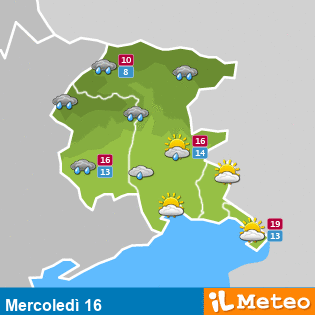The beautiful days have finally arrived, hot enough to enjoy the mountains as well. So why not take advantage of the June 1 bridge (June 2 is the feast of the Italian Republic in Italy) to enjoy the day in the woods and view of the magnificent mountains of Friuli?
After the morning wake-up call and a hearty breakfast at the “Oca Golosa” pastry shop in Gorizia, we headed towards the Resia valley, in the north-eastern part of Friuli.
This is a very special place as the population of the valley is of ancient Proto-Slavic origin. It is hypothesized that originally (seventh century AD) few families settled in the valley which maintained isolation while preserving the genetic, linguistic and traditions heritage that made them a very rare example in Europe.
The current inhabitants are less than 1000 divided into 5 speaking fractions as many dialects. Finally, it should be noted that as early as 1800 such dialects lacking a written form were studied.
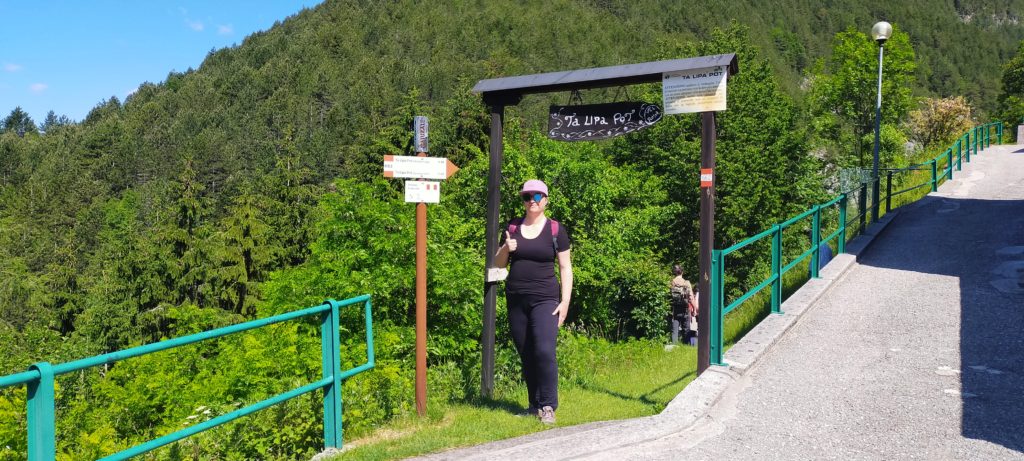
Parked the car at the entrance of the village of Stolvizza and collected the backpacks we headed to the start of the Ta Lipa Pot track.
The path is well signposted and warns that it is possible to tackle the short track (about 5 km. For 1.5 hours of travel) or the longest track (about 8.5 km. For 2.5 hours of travel). Being still out of practice due to the lockdown for Covid-19 we opted for the short track. The track goes into the woods with ups and downs that never take too long and lets us savor the scents and colors of nature as well as the view of the surrounding mountains … beautiful!
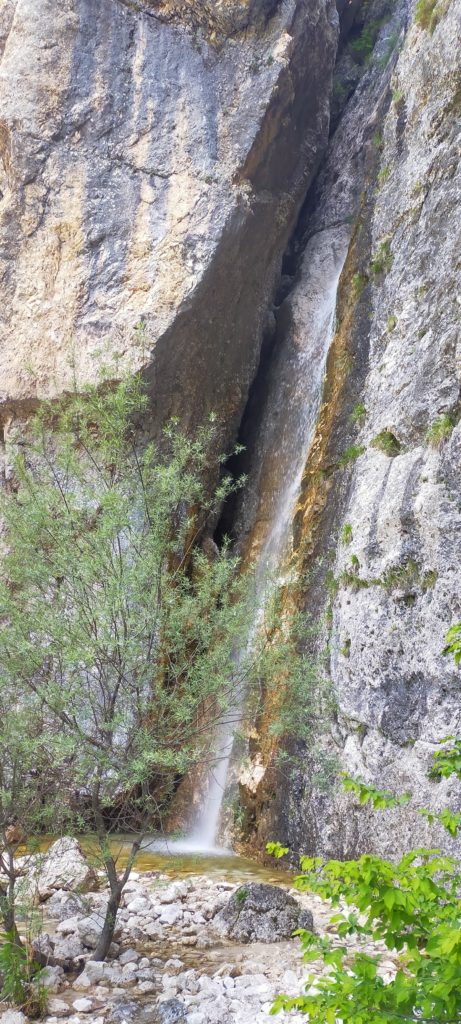
After a few hundred meters the first wonder leaves us open-mouthed … a beautiful cascade of fresh water rushes from the mountain forming a small pond. It certainly takes some souvenir photos!
Leaving the waterfall behind us, the path begins to rise with rock, earth and roots and then becomes flat again, giving us the opportunity to look around.
After a while we reach some fenced meadows for animals. We arrived at the “Casa Resiana”, an old refurbished stavolo that hosts activities for children and kids to get to know nature. We go around the house and continue in the woods where the only stretch that requires some attention is waiting for us. You go down on a rocky bottom but there are ropes to hold on and steps have been made to facilitate the descent … however we are careful not to slip.
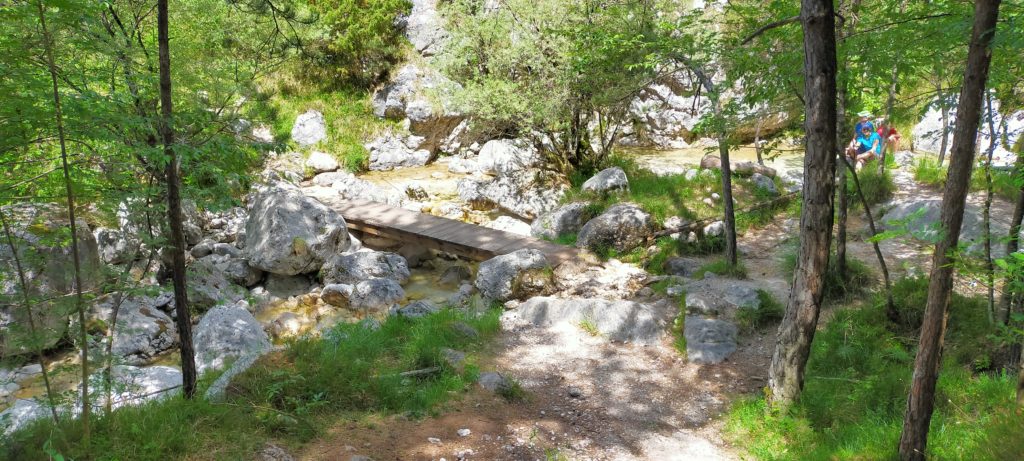
At the end of stairs we reach another enchanting place: another stream has formed some pools of water where we can easily bathe our bare feet in the water … how can you resist?
After having cooled down and having taken the opportunity to drink from the water bottle, we start again and face the last stretch of path that will take us to the asphalt road.
Arrived on the road, turn left to proceed along the short path (walk right along the road for the long path up to a sign that invites you to turn left). At the nearby crossroads, a sign invites you to take the blind road on the right which will take us to the second part of the path. From here you climb quite a bit (about 100 meters in altitude in 1.5 kilometers in length) to reach the village of Stolvizza, the final destination of the track.
The walk ended at the Stolvizza car park where a good sandwich with beer awaits us!
If you have time, you can visit the nearby knife grinder museum, a profession from a not so distant past.
Furthermore, in the town of Prato di Resia there is a visitor center: here you can visit the exhibition on the themes of biodiversity, geology, sustainability and participate in educational workshops.
 The typical product of the Resia valley is garlic, in the resian language Rosajanski Strok, which has precise qualities: high digestibility, long shelf life, intense, persistent but delicate aroma. In July the Resia garlic festival (Festa dell’aglio di Resia) is held, well known in Friuli and which attracts many visitors also from Austria and Slovenia.
The typical product of the Resia valley is garlic, in the resian language Rosajanski Strok, which has precise qualities: high digestibility, long shelf life, intense, persistent but delicate aroma. In July the Resia garlic festival (Festa dell’aglio di Resia) is held, well known in Friuli and which attracts many visitors also from Austria and Slovenia.
 During the Resian carnival, the Pust, it is possible to taste the intangible heritage of the Val di Resia. Songs, dances and ancient traditions follow one another during this important festival of the valley. The music is played with two particular local instruments: violin (cïtira) and cello (bünkula). What is important to underline is that the players do not follow sheet music, the older ones do not even know the musical notes! Young people learn music from old people by listening to them and it is not uncommon for them to improvise while performing. On Ash Wednesday the trial of “Babaz” takes place, the puppet symbol of the atonement for the sins accumulated during the year. Pust is a celebration outside the classic tourist circuits and deserves to be experienced.
During the Resian carnival, the Pust, it is possible to taste the intangible heritage of the Val di Resia. Songs, dances and ancient traditions follow one another during this important festival of the valley. The music is played with two particular local instruments: violin (cïtira) and cello (bünkula). What is important to underline is that the players do not follow sheet music, the older ones do not even know the musical notes! Young people learn music from old people by listening to them and it is not uncommon for them to improvise while performing. On Ash Wednesday the trial of “Babaz” takes place, the puppet symbol of the atonement for the sins accumulated during the year. Pust is a celebration outside the classic tourist circuits and deserves to be experienced.

